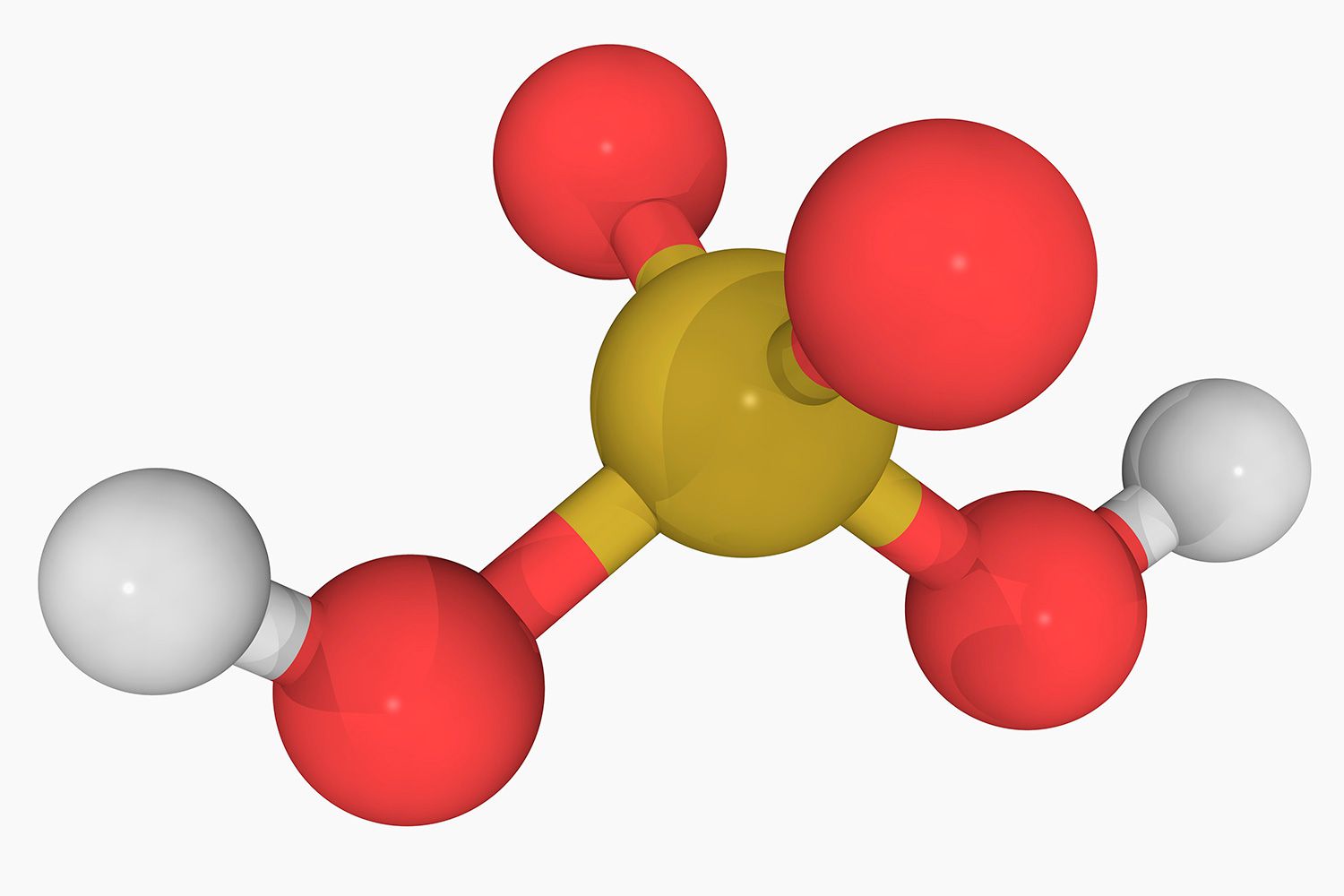
Strong acids and bases are fascinating and powerful substances that play crucial roles in chemistry and everyday life. What makes them so special? Strong acids completely dissociate in water, releasing hydrogen ions, while strong bases release hydroxide ions. This complete dissociation makes them incredibly reactive. For example, hydrochloric acid (HCl) and sodium hydroxide (NaOH) are common examples of strong acids and bases, respectively. These substances are used in various industries, from cleaning products to food processing. Understanding their properties helps us grasp how they interact with other chemicals and why they must be handled with care. Ready to dive into some amazing facts about these chemical powerhouses? Let's get started!
Understanding Strong Acids
Strong acids are fascinating and powerful substances. They completely dissociate in water, releasing hydrogen ions. Here are some intriguing facts about them.
-
Hydrochloric Acid (HCl): Found in stomach acid, it helps digest food. It's also used in cleaning and pickling metals.
-
Sulfuric Acid (H₂SO₄): Known as the "king of chemicals," it's used in car batteries and fertilizer production.
-
Nitric Acid (HNO₃): This acid is crucial in making explosives and fertilizers. It can turn proteins yellow, a reaction known as xanthoproteic reaction.
-
Perchloric Acid (HClO₄): Highly reactive and used in rocket fuel. It's one of the strongest acids known.
-
Hydrobromic Acid (HBr): Used in the production of inorganic bromides and as a catalyst in some reactions.
-
Hydroiodic Acid (HI): Stronger than hydrochloric acid, it's used in organic and inorganic synthesis.
-
Chloric Acid (HClO₃): Used in the production of perchlorates and as a powerful oxidizing agent.
Exploring Strong Bases
Strong bases are equally interesting. They completely dissociate in water, releasing hydroxide ions. Let's dive into some facts about them.
-
Sodium Hydroxide (NaOH): Also known as lye or caustic soda, it's used in soap making and as a drain cleaner.
-
Potassium Hydroxide (KOH): Used in making biodiesel and as an electrolyte in alkaline batteries.
-
Calcium Hydroxide (Ca(OH)₂): Known as slaked lime, it's used in construction and to neutralize acidic soils.
-
Barium Hydroxide (Ba(OH)₂): Utilized in the manufacturing of thermoplastics and as a reagent in laboratories.
-
Strontium Hydroxide (Sr(OH)₂): Used in refining beet sugar and as a stabilizer in plastics.
-
Lithium Hydroxide (LiOH): Important in the production of lithium greases and as a carbon dioxide scrubber in spacecraft.
-
Cesium Hydroxide (CsOH): Known for its use in organic synthesis and as a strong base in chemical reactions.
Common Uses of Strong Acids and Bases
These substances have a wide range of applications in various industries. Here are some common uses.
-
Cleaning Agents: Both strong acids and bases are used in cleaning products due to their ability to break down organic matter.
-
Food Industry: Acids like citric acid are used as preservatives, while bases like sodium bicarbonate are used in baking.
-
Pharmaceuticals: Strong acids and bases are used in drug synthesis and formulation.
-
Agriculture: Sulfuric acid is used in fertilizers, while calcium hydroxide is used to treat acidic soils.
-
Water Treatment: Bases like sodium hydroxide are used to neutralize acidic water, making it safe for consumption.
-
Textile Industry: Acids and bases are used in dyeing and finishing fabrics.
-
Metal Processing: Acids like hydrochloric acid are used in pickling metals, while bases are used in electroplating.
Safety and Handling
Handling strong acids and bases requires caution. They can cause severe burns and damage materials. Here are some safety facts.
-
Protective Gear: Always wear gloves, goggles, and protective clothing when handling these substances.
-
Ventilation: Work in a well-ventilated area to avoid inhaling fumes.
-
Storage: Store acids and bases in separate, clearly labeled containers to prevent accidental mixing.
-
Neutralization: In case of spills, neutralize acids with a base like baking soda and bases with an acid like vinegar.
-
First Aid: If contact occurs, rinse the affected area with plenty of water and seek medical attention immediately.
-
Disposal: Follow local regulations for disposing of strong acids and bases. Never pour them down the drain.
Environmental Impact
Strong acids and bases can have significant environmental impacts if not handled properly. Here are some facts about their effects.
-
Water Pollution: Accidental spills can lead to water contamination, harming aquatic life.
-
Soil Damage: Improper disposal can lead to soil acidification or alkalization, affecting plant growth.
Strong acids and bases are powerful tools in science and industry. Understanding their properties and uses helps us harness their power safely and effectively.
Final Thoughts on Strong Acids and Bases
Strong acids and bases play a crucial role in chemistry and everyday life. From cleaning products to industrial processes, their unique properties make them indispensable. Remember, strong acids like hydrochloric acid and sulfuric acid can be highly corrosive, while strong bases like sodium hydroxide can cause severe burns. Always handle them with care and proper safety gear.
Understanding the pH scale helps in identifying the strength of these substances. Strong acids have a pH close to 0, while strong bases have a pH near 14. This knowledge is vital for various applications, including agriculture, medicine, and environmental science.
By grasping these facts, you can appreciate the importance of strong acids and bases in both scientific and practical contexts. Stay curious, stay safe, and keep exploring the fascinating world of chemistry!
Was this page helpful?
Our commitment to delivering trustworthy and engaging content is at the heart of what we do. Each fact on our site is contributed by real users like you, bringing a wealth of diverse insights and information. To ensure the highest standards of accuracy and reliability, our dedicated editors meticulously review each submission. This process guarantees that the facts we share are not only fascinating but also credible. Trust in our commitment to quality and authenticity as you explore and learn with us.
